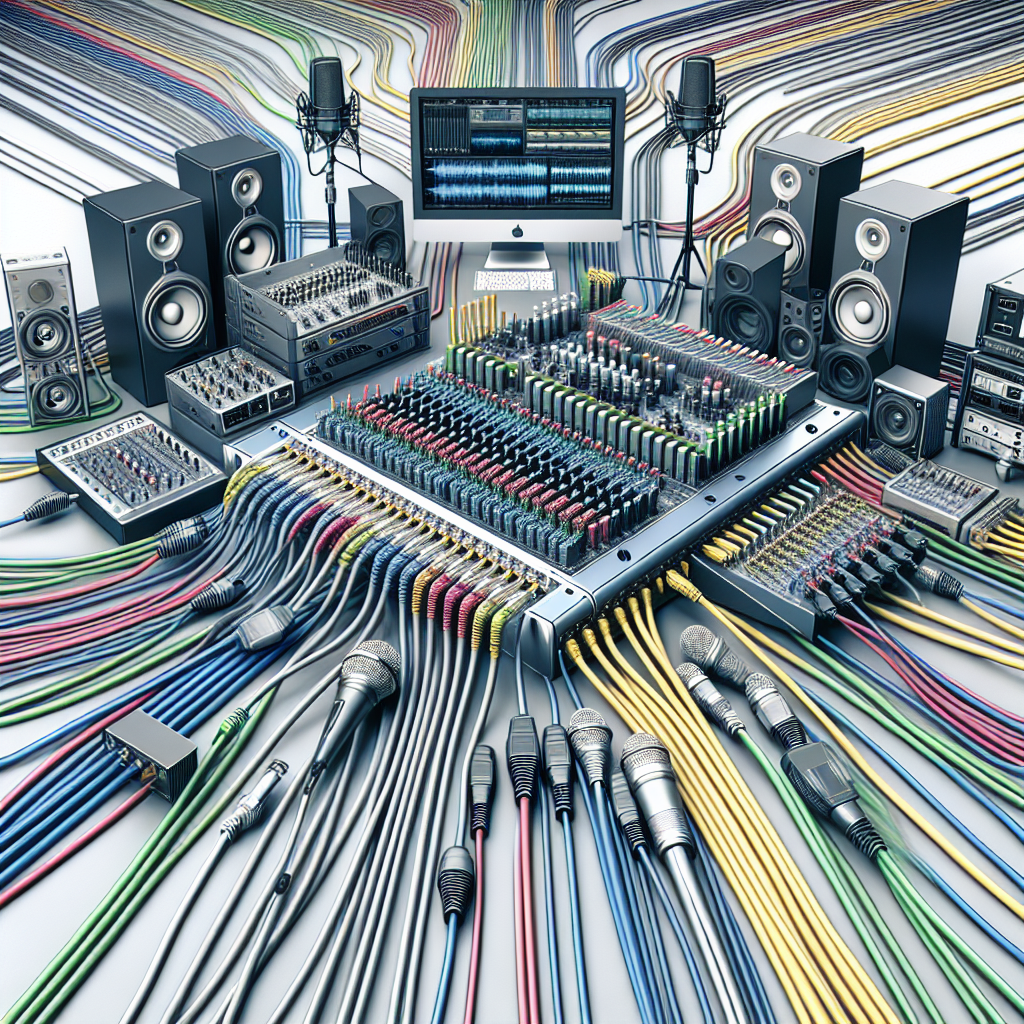Professional audio and video setups demand high performance, reliability, and stability from network adapters. Whether you’re streaming live performances, recording studio sessions, or managing day-to-day operations in a broadcasting company, optimizing the network adapter can significantly enhance overall efficiency. This article delves into effective ways to optimize a network adapter for professional audio/video setups without compromising on quality.
Understanding the Importance of Network Adapter Optimization
Network adapters, also known as network interface cards (NICs), serve as the critical link between your computer and the network. A poorly configured network adapter can result in latency, lag, and eventually poor performance in audio and video setups. Let’s highlight the possible issues you could face with an unoptimized network adapter:
- High Latency
- Packet Loss
- Inconsistent Streaming Quality
- Frequent Network Disconnects
To avoid these issues, focusing on optimizing the network adapter is essential. Here’s a table summarizing the key problems and their impact on audio/video performance:
| Issue | Impact on A/V Performance |
|---|---|
| High Latency | Delayed Audio/Video Stream |
| Packet Loss | Corrupted or Dropped Frames |
| Inconsistent Streaming Quality | Fluctuating Video/Audio Quality |
| Frequent Network Disconnects | Interrupted Streams/Recordings |
Steps to Optimize Network Adapter for Professional Audio/Video Setups
1. Choose the Right Hardware
The first step in optimizing network performance is to ensure that you are using the right network adapter hardware. Consider adapters that are specifically designed for high throughput and low latency. Gigabit Ethernet adapters are often recommended for professional setups.
2. Use Quality Cables
Even if you have a high-performance network adapter, the quality of the cables can affect your network performance. Aim to use Cat6 or Cat7 cables, which offer better noise resistance and higher frequencies compared to older Cat5 cables.
3. Update Firmware and Drivers
Network adapter manufacturers frequently release updates to improve performance and fix bugs. Ensure that both your adapter’s firmware and drivers are up-to-date. Visit the manufacturer’s website to download the latest versions.
4. Enable Jumbo Frames
Jumbo frames allow the transmission of data packets larger than the standard Ethernet frame size. Enabling jumbo frames can reduce the CPU load and improve network performance for data-heavy applications like audio/video streams.
5. Configure Quality of Service (QoS)
Quality of Service (QoS) settings prioritize network traffic. By configuring QoS, you can ensure that audio and video packets get priority over less critical data. This minimizes latency and packet loss, enhancing streaming quality.
How to Configure QoS:
- Access your router’s settings via the web interface.
- Navigate to the QoS settings section.
- Add rules to prioritize network traffic for audio/video applications.
6. Optimize Network Adapter Settings
Adjusting the settings of your network adapter can lead to significant performance gains:
- Interrupt Moderation: Disabling or adjusting interrupt moderation can reduce latency.
- Transmit Buffers: Increasing the number of transmit buffers can improve data flow.
- Receive Buffers: Adjusting receive buffers can reduce dropped packets.
7. Monitor Network Performance
Constant monitoring can help identify issues before they affect your audio/video streams. Use tools like Wireshark, NetFlow, or any comprehensive network monitoring solution to keep an eye on latency, packet loss, and overall network health.
8. Isolate Traffic
If possible, create a separate virtual local area network (VLAN) for audio/video traffic to isolate it from other types of network traffic. This ensures that your critical streams are not competing with other data, minimizing interference and maximizing performance.
Common Tools and Software for Network Optimization
Several tools can help you in the optimization process. Here are some you shouldn’t overlook:
- Wireshark: A powerful network protocol analyzer for network troubleshooting and analysis.
- NetFlow Analyzer: Provides detailed bandwidth analysis, helping you understand network traffic patterns.
- PingPlotter: Useful for diagnosing and understanding network performance issues.
Conclusion
Optimizing a network adapter for professional audio/video setups is not just a matter of best practices; it’s crucial for ensuring seamless streaming, high-quality recordings, and overall system reliability. By focusing on the right hardware, using quality cables, updating firmware, configuring QoS, and monitoring performance, you can achieve an optimal setup that meets professional standards.
As technology continues to evolve, staying proactive about your network’s performance can save you a lot of headaches, ensuring your professional audio and video projects run smoothly without interruptions.

